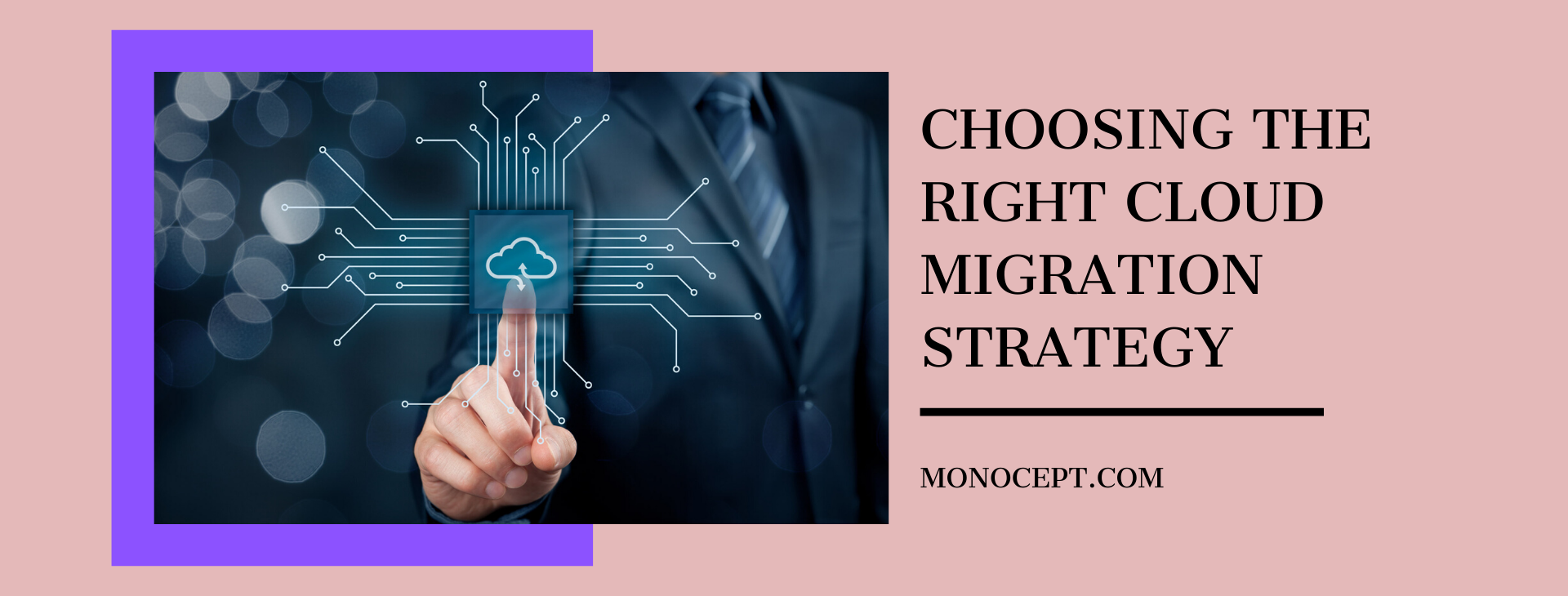Cloud in Media industry: Challenges and Applications
Impact Of Cloud Computing On The Media Industry
In the last few years, the world has seen a massive shift in the way digital content, especially video content, is delivered to hyper-aware and globalised citizens of the Internet age. With data becoming cheaper, hardware and softwares becoming more technologically advanced, and an increasing number of online streaming platforms offering content from across the world to local audiences, consumers are moving away from traditional linear broadcasting mediums and replacing them direct-to-customer models like OTT and online streaming. These new-age content delivery models are better-suited to the customer’s individual preferences, making them more flexible and cost-effective. It is no surprise then, that they are the forces that are shaping the future of the media industry. Their impact can be assessed by the fact that for every minute in 2017, Netflix viewers streamed almost 70,000 hours of data, while YouTube users watched over 4 million videos.
Such a rapidly changing environment has created some fundamental challenges for the media industry, such as:
Consumers expect more choice:
Now that digital customers have had a taste of highly personalised content delivery models, they expect more and better choices in terms of the content being offered and how it’s being offered to them. Interactive viewing options, the ability to record or download content for later viewing, and the ability to consume content in real time, as it is being produced, are all expectations that today’s demanding consumers expect to be fulfilled. All of which means a rapidly increasing need for higher computing power both for hardware and software.
Pressure on providers to keep evolving by offering more:
With increasing consumer demand and new players entering into the market, providers are faced with the monumental task of launching services and content that keep finding resonance with both new and old consumers. The challenge to keep expanding offerings at such a rapid pace can be a difficult undertaking.
Cost considerations:
In a constantly changing business environment, providers are constantly struggling to find new ways to reduce infrastructural costs such as the buying and upkeep of hardware, servers, and on-site data centres. They realise that their money is better spent in bringing and producing more content, instead.
With so many disruptive forces at play, cloud computing can play a big role in transforming the media landscape to help businesses stay afloat and ahead of the competition. Some of the biggest benefits offered by cloud computing solutions and applications are:
Faster delivery cycles and speed-to-market:
Cloud computing solutions are not encumbered by legacy systems of workflows. By using the full power of cloud computing, broadcasters can divert funds away from expensive investments in IT infrastructure and use them to produce and distribute content in more innovative ways in far shorter periods of time, using cloud applications specifically tailored for evolving business models.
Flexibility and scalability:
The demand for video content and experiences can be widely oscillating, depending on the popularity of content and new entrants in the market. Cloud computing offers broadcasters ample legroom to accommodate spikes and troughs in demand, allowing them to pay for only what they use and the ability to scale up or back in real-time.
Advanced analytics:
To be able to cater to the increasingly demanding customers of today, broadcasters not only have to create relevant content, but also have to ensure that the viewing experience is better than their customers on every device that the customer might use. All of this is possible only if they are able to undertake elaborate data collection, storage, and constant analysis exercises to understand what the consumer might want next. Only cloud computing solutions allow for this level of data mining, helping media businesses make sound decisions with minimal room for error or failure.
Keeping all these considerations in mind, it is inevitable that cloud computing will play a critical role in the media industry in the near future — even more so than it is, today. Cloud computing solutions, like what Monocept provides, will be deployed to ensure deeper engagement between consumers and video content, relay metadata to businesses so they can analyse customer reactions to different types of content, manage volatile demands, help businesses digitise their workflows and operations completely, and create services that will help broadcasters disseminate video content in real-time.
Read more: Why do OTT platforms require cloud?





















































































